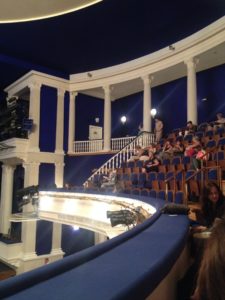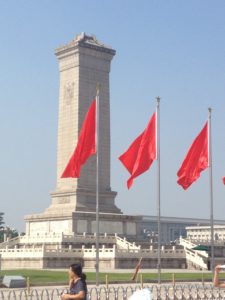好久不见!
Probably twenty times a day I think to myself, “Chinese class this fall is going to be so easy.”
Now that’s not necessarily saying that this summer program is any harder than Chinese at Notre Dame. The only difference is the speed of the class, which compresses an entire week-and-a-half’s worth of normal content into one day, which in turn means we have an exam equivalent to a midterm covering six week’s worth of material every Friday, but it’s not like the vocabulary or grammar started significantly harder but with the speed, the new content is grows harder more and more quickly so the content is compiled and compounded and grows exponentially as any language class is always a cumulative review. Actually, I take that back. It’s way harder.
Studying Chinese in China has its advantages though (duh), even if its at this breakneck pace. I constantly find myself thinking metacognitively about my language growth to narrate in each blog post, and besides the obvious benefits of studying in China, I’ve noticed some psychological shifts not apparent in South Bend. I am always thinking in Chinese. Unlike at Notre Dame, where I walk to class for a single hour per day to drill the week’s grammar and immediately revert to English at the conclusion, here, I rarely bridge the gap back into the English mindset. Admittedly, most of the hour-long class was spent just attempting to enter into the solely Chinese mind frame. But amidst the language’s country of origin and all its folderol, I’m always thinking of a way to get my thoughts into that mode of communication, trying to decipher the characters I see on the board, in my dorm or on the street signs, and even the conversations from the couples next to me on the subway, even hearing them subconsciously guarantee that I stick to that Chinese first thought process. I never have to switch out of it. This makes for some pretty interesting consequences though. I have to force myself to timidly attempt newer grammar structures, especially when I’ve gotten into a comfortable routine of using certain other approaches with similar meanings. While the comfort of the more recognizable one means my speaking is just fine, failing to understand every grammar structure renders me completely dumbfounded when it comes to listening comprehension. There’s a recurring joke amongst my classmates and I regarding our ability to speak well enough to get by but whenever a native Chinese speaker responds to our request our only reaction is to become a deer in headlights. For example, ordering a pizza on the phone. After planning what I would say and reciting the order in my head for a few minutes before calling I was reasonably confident in ordering one large barbecue chicken, one medium half cheese, half veggie, but I could not even begin to fathom what the receptionist asked, presumably for clarification. Prices, on the other hand, I can understand perfectly fine. I’ll accept the small victory that is recognizing any Chinese class’s first chapter content.
But the best of these consequences includes training my brain into finally taking that shortcut of developing thoughts in Chinese first, completely circumventing the English and translation process. It’s amazing how even in my stunted vocabulary there are words I refer to only by their Chinese translation, often times even forgetting the English for it while on the phone with my friends and family.
It’s weird.
I like it.
Now for the part where I satisfy my lifelong dream to write for National Geographic. This last weekend was void of any program planned events. This entirely free weekend yielded radically different results from the first. There’s an additional level of bravery required in initiating conversation with other people on your own, to ask for directions, buy a ticket, order a meal or whatever you may encounter.
In addition, traveling alone is an radically different experience. I’ve noticed people are much more likely to approach me on my own than when I’m in a group with the program. Aside from an instance at the Xi’an Museum where a tour group of twelve year olds asked to take their picture with me, I have never been approached while with my professors. But as soon as I took the opportunity to walk around the Summer Palace alone, eight different groups of Chinese people asked to take a picture with the 外国人, foreigner, three different couples solicited me in order to practice their English, and eleven different babies or little kids ran up and shouted “美国!” (America!) at knee-height. Yes, I counted. It’s such a distinctive experience having strangers approach you in the mall to tell you all about their business plan dedicated to applying Chinese values to the competition of Western industrial job markets and asking your opinion than simply sight seeing with the same group of people I’d eat with at South Dining Hall. But hey, that’s what I signed up for.
下个星期见!


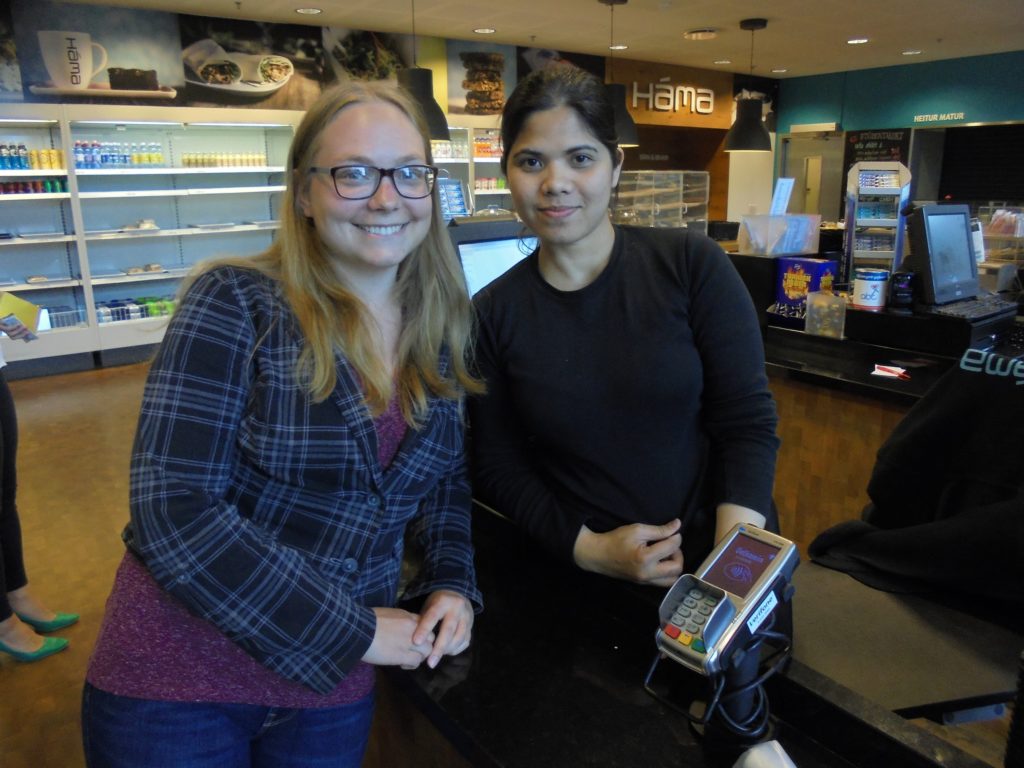
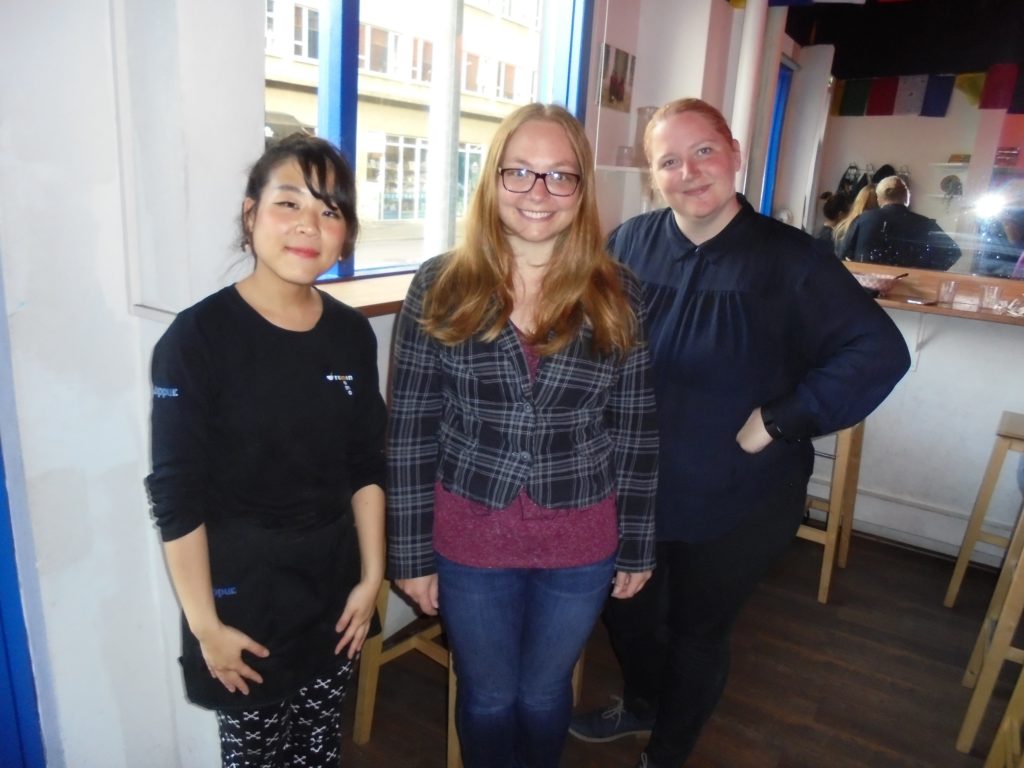
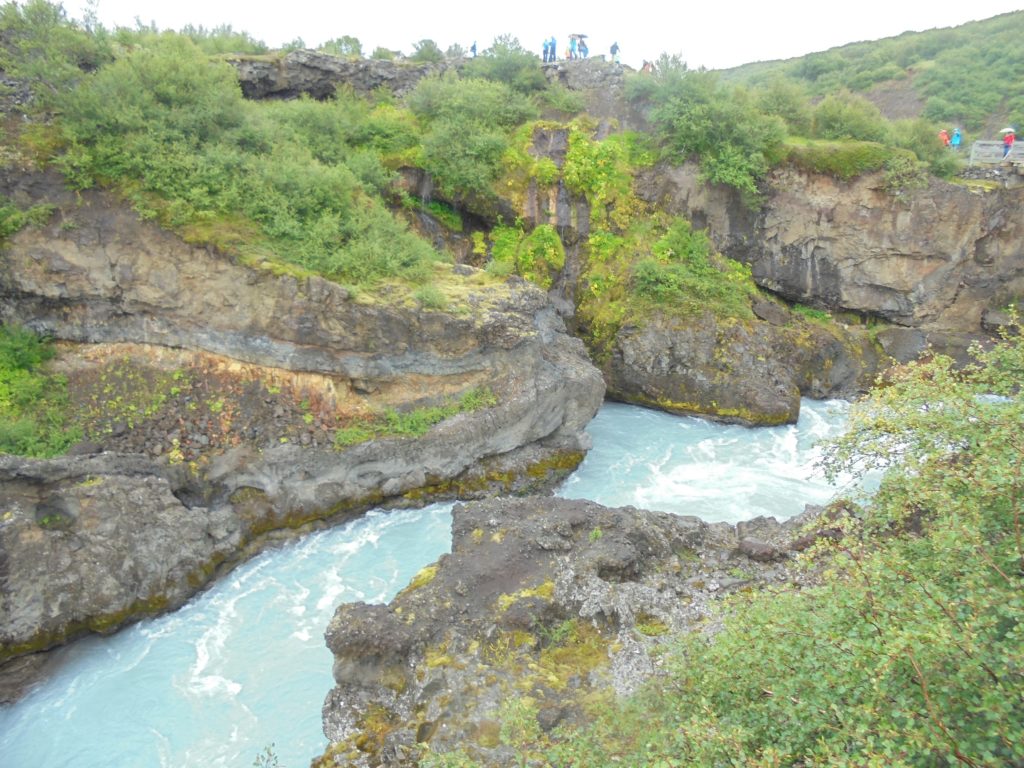
![IMG_2185[1]](http://blogs.nd.edu/sla2016/files/2016/07/IMG_21851-300x225.jpg)
